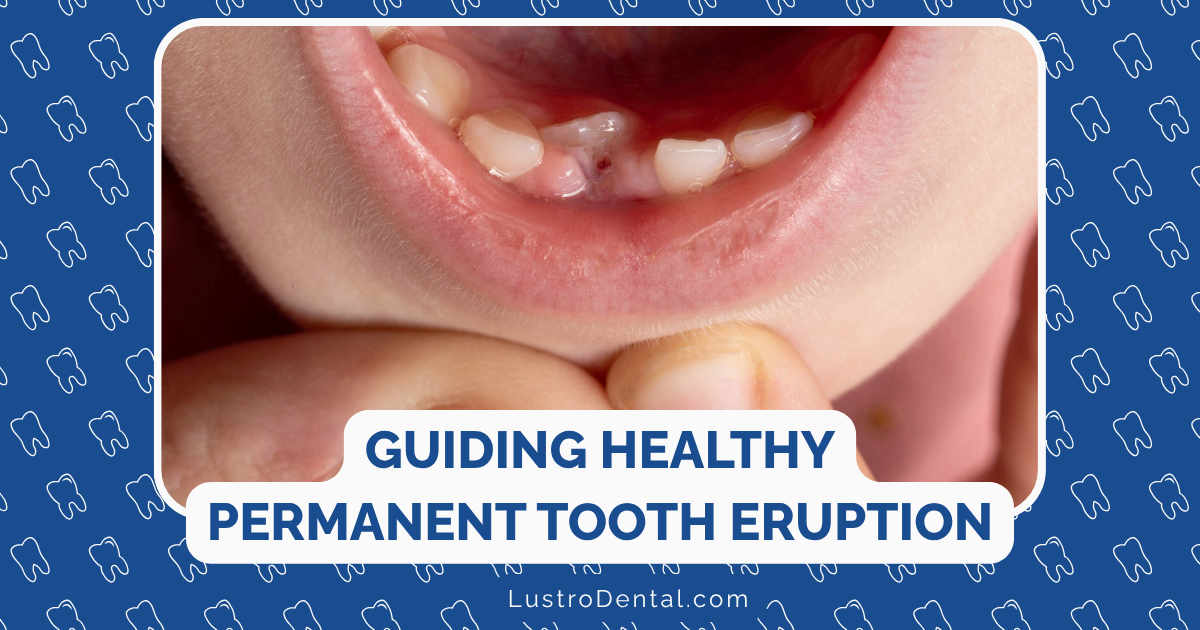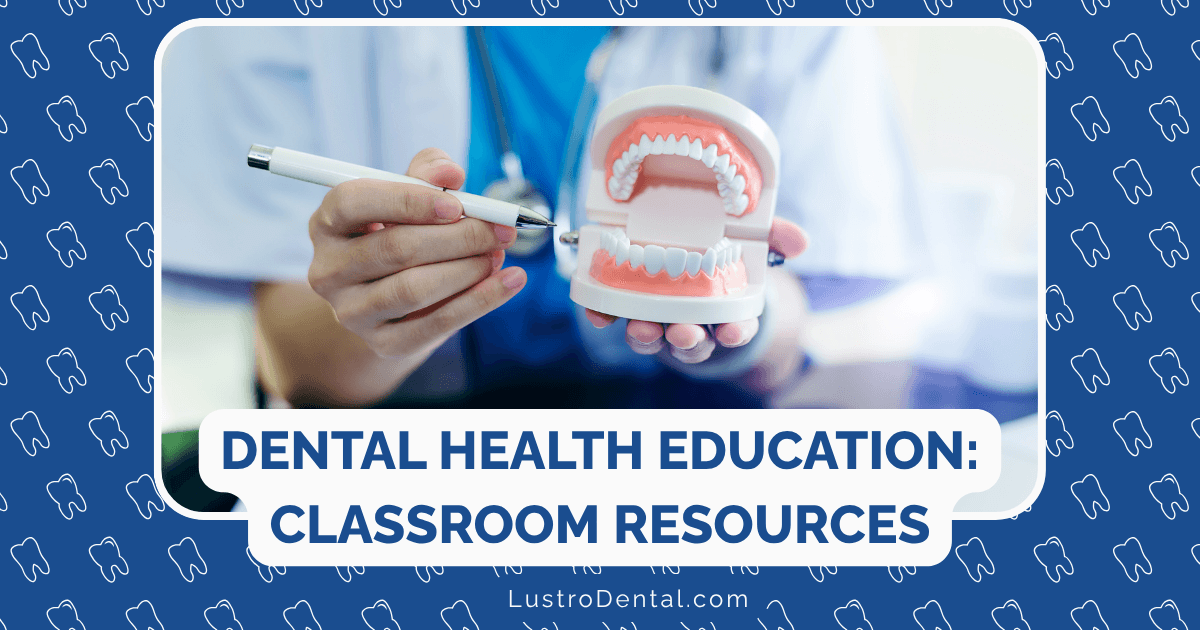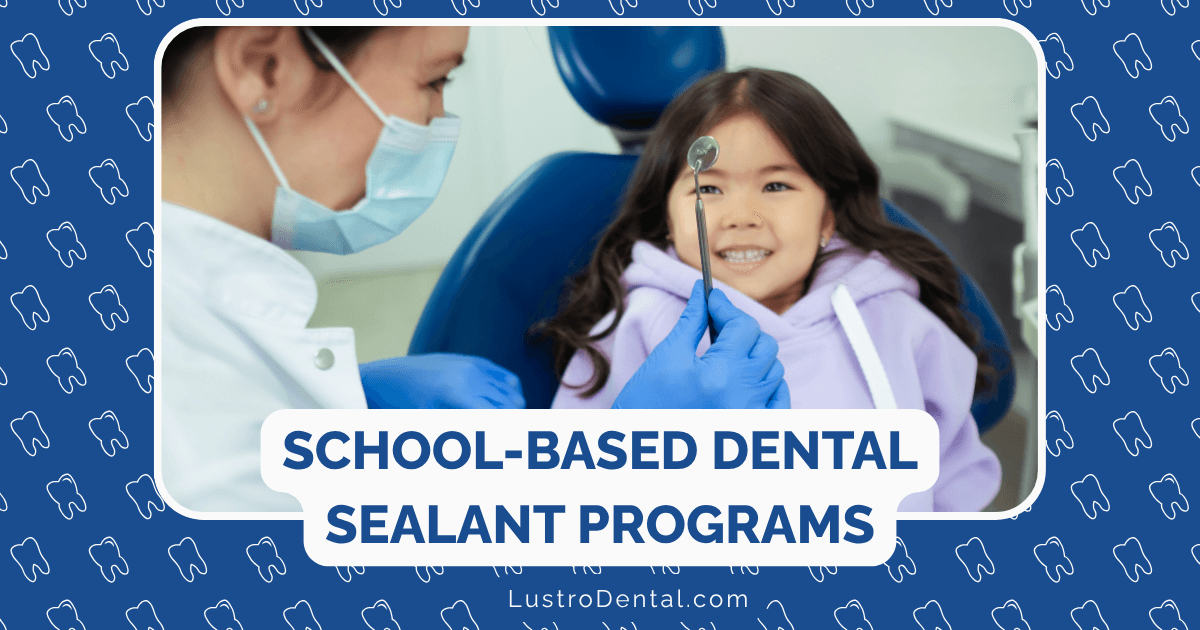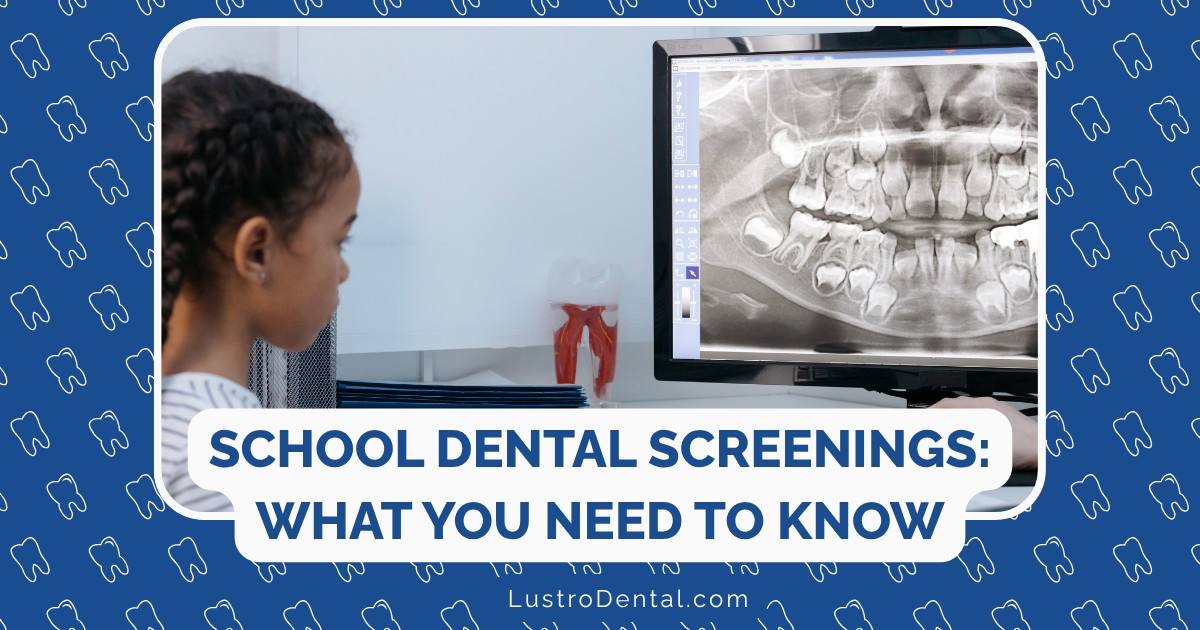Helping Permanent Teeth Come in Properly: Guidance for Parents

That wiggly tooth, the excitement of an impending visit from the tooth fairy, the slightly gappy smile in school photos—these are cherished childhood milestones that mark the transition from baby teeth to permanent teeth. But this transition is more than just a rite of passage; it’s a critical period for your child’s lifelong dental health.
As someone passionate about dental health education, I’ve seen how parental guidance during this transition can make an enormous difference in a child’s dental future. The way permanent teeth come in affects not just your child’s smile aesthetics but also their ability to speak clearly, chew properly, and maintain overall oral health.
This guide will walk you through what to expect during the transition to permanent teeth and provide practical advice on how you can help ensure those adult teeth come in as properly as possible.
Understanding the Timeline: When Permanent Teeth Arrive
Before diving into guidance, it helps to understand the typical eruption sequence. While timing varies among children, this general timeline can help you know what to expect:
Ages 5-7
- First permanent molars (often called “6-year molars”) emerge behind the primary molars
- Lower central incisors (bottom front teeth) typically fall out and are replaced
- Upper central incisors (top front teeth) begin to loosen and are replaced
Ages 7-9
- Lateral incisors (teeth beside the front teeth) are replaced
Ages 9-11
- First premolars (between canines and molars) replace primary first molars
- Canines (pointed “eye teeth”) may begin replacement, though upper canines often emerge later
Ages 10-12
- Second premolars replace primary second molars
- Lower canines typically complete replacement
Ages 11-13
- Second permanent molars (12-year molars) emerge behind the first molars
- Upper canines typically complete replacement
Ages 17-21
- Third molars (wisdom teeth) may emerge, though many people have these removed due to space limitations
Dr. Sarah Johnson, pediatric dentist at Children’s Dental Health Associates, explains: “This transition period, often called the ‘mixed dentition phase,’ typically spans from age 6 to 12 or 13. During this time, children have a combination of primary and permanent teeth, which creates unique challenges and opportunities for guiding dental development.”
Common Challenges During Permanent Tooth Eruption
Several issues can arise during the transition to permanent teeth. Being aware of these helps you know when to take action:
1. Shark Teeth (Double Rows)
What it looks like: Permanent teeth coming in behind baby teeth that haven’t fallen out yet, creating a temporary double row of teeth.
Why it happens: Sometimes permanent teeth begin to emerge before the roots of the corresponding baby teeth have dissolved enough for them to become loose and fall out naturally.
What to do: In many cases, the pressure from the tongue will push on the baby tooth, eventually causing it to loosen and fall out. If the baby tooth doesn’t loosen within a few weeks of the permanent tooth’s appearance, consult your dentist, as the baby tooth may need to be extracted.
2. Crowding
What it looks like: Permanent teeth coming in crooked or overlapped due to insufficient space.
Why it happens: Permanent teeth are larger than primary teeth, and sometimes the jaw isn’t large enough to accommodate them properly.
What to do: Monitor the situation and consult with your dentist or orthodontist. Early intervention can sometimes guide jaw growth to create more space.
3. Spacing Issues
What it looks like: Large gaps between teeth or permanent teeth erupting far from their ideal position.
Why it happens: This can occur due to discrepancies in tooth and jaw size, premature loss of baby teeth, or habits like prolonged thumb-sucking.
What to do: Consult with your dentist. Some spacing is normal during development, but significant issues may require intervention.
4. Impacted Teeth
What it looks like: Permanent teeth failing to emerge despite being past the typical eruption age.
Why it happens: The tooth may be blocked by other teeth, developing in the wrong direction, or trapped in the jawbone.
What to do: If a permanent tooth is significantly delayed compared to the typical eruption timeline, ask your dentist for an evaluation. X-rays can reveal the position of unerupted teeth and whether intervention is needed.
Premature Loss of Baby Teeth: A Special Concern
One of the most significant issues affecting permanent tooth eruption is the premature loss of baby teeth due to decay, injury, or other factors.
Why It Matters
Dr. Michael Chen, orthodontist at American Association of Orthodontists, explains: “Primary teeth serve as space holders and guides for permanent teeth. When they’re lost too early, adjacent teeth can drift into the empty space, leaving insufficient room for the permanent tooth to erupt properly.”
This drift can happen surprisingly quickly—sometimes within just weeks of losing a baby tooth—and can lead to:
- Crowding and misalignment of permanent teeth
- Impacted teeth (permanent teeth unable to fully emerge)
- The need for more extensive orthodontic treatment later
Space Maintainers: A Preventive Solution
If your child loses a baby tooth prematurely (typically more than a year before the permanent tooth is expected), your dentist may recommend a space maintainer—a custom-made appliance that holds open the space until the permanent tooth is ready to emerge.
Types of space maintainers include:
- Fixed unilateral: Attached to one side of the mouth
- Fixed bilateral: Spans both sides of the dental arch
- Removable appliances: Similar to retainers, these can be taken out for cleaning
The American Academy of Pediatric Dentistry recommends space maintainers in many cases of premature tooth loss to prevent future alignment problems.
Proactive Steps for Parents: Helping Guide Proper Eruption
Beyond addressing specific issues, there are several proactive measures parents can take to support healthy permanent tooth development:
1. Maintain Excellent Oral Hygiene
Proper oral care is even more critical during the transition to permanent teeth:
- Supervise brushing twice daily with fluoride toothpaste
- Help with flossing once daily, paying special attention to areas where teeth are loose or newly erupted
- Consider an antimicrobial mouth rinse for children over 6 if recommended by your dentist
Dr. Lisa Williams, pediatric dentist at Children’s Dental Specialists, advises: “Newly erupted permanent teeth have immature enamel that’s more susceptible to decay. Extra attention to cleaning these teeth, especially the deep grooves of molars, can prevent problems that might affect alignment.”
2. Maintain Regular Dental Visits
Professional monitoring during this transition is invaluable:
- Schedule check-ups every six months (or as recommended by your dentist)
- Don’t skip appointments during the mixed dentition phase
- Ask about preventive treatments like sealants for newly erupted molars
These visits allow your dentist to:
- Monitor eruption patterns
- Identify potential issues early
- Recommend timely intervention when needed
- Apply preventive treatments to protect new permanent teeth
3. Address Habits That Affect Tooth Position
Certain habits can significantly impact how permanent teeth come in:
- Discourage prolonged thumb-sucking or pacifier use beyond age 4
- Address tongue thrusting (pushing the tongue against the teeth when swallowing)
- Treat teeth grinding if it’s affecting dental development
- Encourage nasal breathing rather than mouth breathing
These habits can alter the pressure balance around the teeth and affect jaw development, potentially leading to malocclusion (improper bite alignment).
4. Consider Nutritional Support
Nutrition plays a role in healthy tooth development:
- Ensure adequate calcium and vitamin D for strong teeth and bones
- Limit sugary snacks and drinks that can lead to decay
- Encourage crunchy fruits and vegetables that exercise jaw muscles and promote healthy development
- Ensure proper hydration for optimal saliva production, which protects teeth
5. Guide the Wiggle—Don’t Force It
When baby teeth become loose:
- Let children wiggle loose teeth gently with their tongue or clean fingers
- Avoid “helping” teeth out before they’re ready—premature extraction can cause bleeding and pain
- If a tooth is extremely loose but won’t come out after several days, consult your dentist
A tooth that’s truly ready to come out should cause minimal discomfort and very little bleeding when it falls out.
6. Protect Newly Emerged Permanent Teeth
Permanent teeth are particularly vulnerable when they first emerge:
- Consider mouthguards for sports to protect against trauma
- Be cautious with very hard foods that could chip newly erupted teeth
- Address teeth grinding that could wear down new teeth
When to Seek Professional Guidance
While some variation in eruption patterns is normal, certain situations warrant professional evaluation:
Contact your dentist if:
- Permanent teeth are significantly delayed (more than a year past the typical eruption age)
- Baby teeth are lost due to injury or decay well before permanent replacements are due
- Permanent teeth come in very crooked or in unusual positions
- Your child experiences pain during the eruption process (beyond mild discomfort)
- Permanent teeth appear discolored, pitted, or abnormally shaped
- You notice significant crowding as permanent teeth emerge
The Orthodontic Connection: Timing Matters
The American Association of Orthodontists recommends an initial orthodontic evaluation around age 7—when the first permanent molars and incisors have typically erupted. This timing is strategic:
- It allows orthodontists to detect developing problems early
- Some issues are easier to address while the jaw is still growing
- Early intervention can sometimes prevent the need for more extensive treatment later
Dr. James Wilson, orthodontist at Pediatric Dental Associates, explains: “We’re not necessarily starting braces at age 7, but this initial evaluation gives us a baseline and allows us to monitor development. If we do identify issues that would benefit from early intervention, we can address them at the optimal time.”
Special Considerations for Specific Permanent Teeth
First Molars (6-year molars)
These important teeth often go unnoticed since they don’t replace baby teeth but emerge behind them:
- Watch for signs of eruption around age 6
- Consider dental sealants soon after eruption to protect deep grooves from decay
- Ensure proper cleaning of these teeth, which can be challenging for young children to reach
Front Teeth (Incisors)
The transition of front teeth is most visible and can affect a child’s confidence:
- Reassure children that temporary gaps are normal
- Monitor for proper alignment as permanent teeth emerge
- Address any teasing that might occur during this transition
Canines (Eye Teeth)
Upper canines often have the longest journey to make and may be the last front teeth to emerge:
- Be patient with their eruption timing
- Watch for signs that they’re emerging in unusual positions
- Consult your dentist if lower canines have erupted but upper ones show no signs by age 12-13
Creating Positive Associations During the Transition
The mixed dentition phase offers an opportunity to build positive dental attitudes:
- Celebrate tooth loss milestones with tooth fairy traditions or other special acknowledgments
- Involve children in their dental care with age-appropriate responsibility
- Use positive language about dental development and care
- Avoid using the dentist as a threat or dental procedures as punishment
These positive associations can foster a lifetime of good dental habits and attitudes.
A Foundation for Lifelong Dental Health
The guidance you provide during your child’s transition to permanent teeth does more than ensure a beautiful smile—it establishes the foundation for their lifelong dental health. By understanding the process, being vigilant for potential issues, and taking proactive steps to support proper development, you’re giving your child an invaluable gift.
Remember that while this guide provides general information, each child’s dental development is unique. Regular professional monitoring, combined with your attentive parental observation, creates the best environment for those permanent teeth to emerge properly and serve your child well for decades to come.
Does your child have permanent teeth coming in? What questions do you have about guiding their proper development? Share in the comments below!







